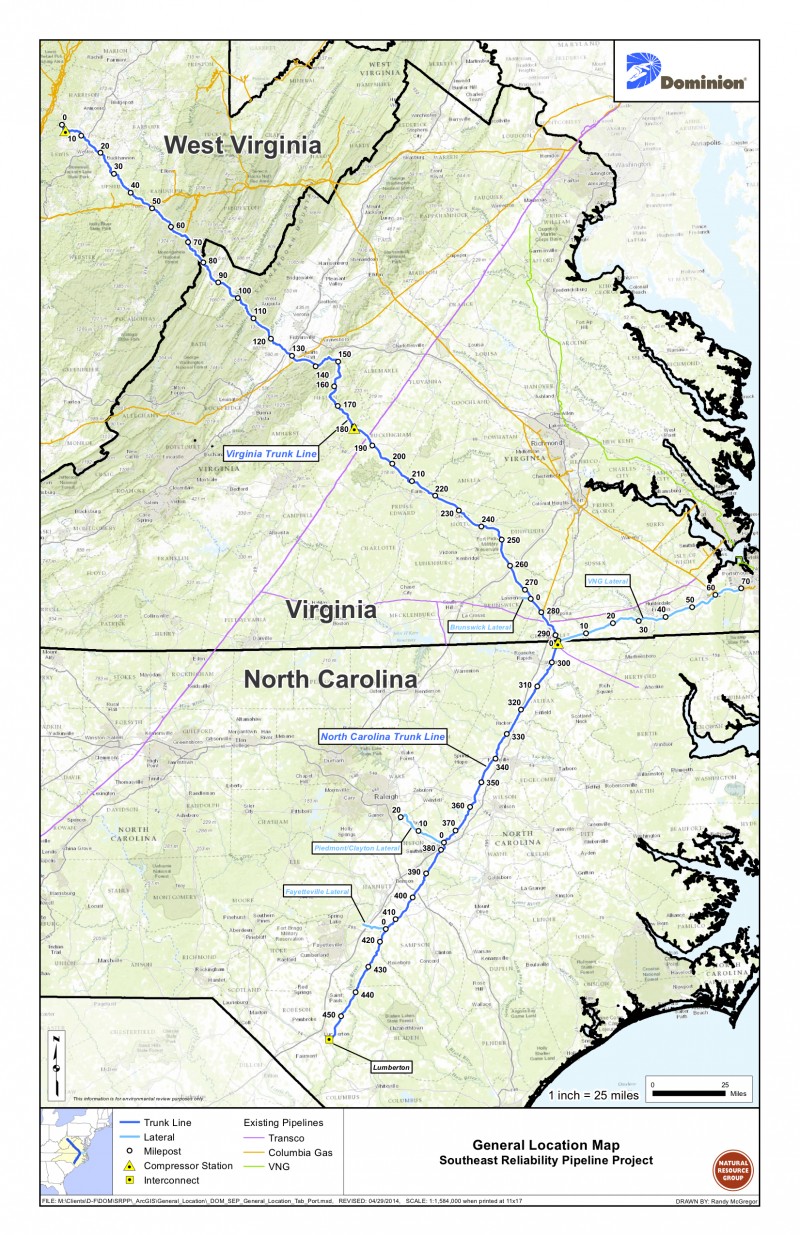In 2015, unless the Legislature takes action otherwise, Lee County could serve as ground zero for a mining revival – this time through fracking.
Even as environmental groups rally for online support, those in the energy industry are preparing in-depth gas surveys to take stock of what North Carolina can offer in natural gas. Drilling could happen as early as April, experts say.
Poll: Should North Carolina allow fracking in 2015?
But that’s if all goes according to a plan two years in the making.
Even if environmentalist pleas against the practice go unheard, fracking can’t provide an economic infusion without the oil and gas industry – and, at least today, the oil and gas industry doesn’t seem interested in prioritizing North Carolina.
Lee County is no stranger to mining.
Oil and gas deposits there have been talked about for decades. And, at the turn of the century, the Sanford area was coal country.
After a methane gas leak and two fatal explosions, however, and the coal chapter ended in Lee County.
Two years ago, a new energy conversation crept into the Sanford vernacular.
Jim Womack, then a two-year veteran county commissioner, was called to Raleigh to be a part of the state’s Mining and Energy Commission, which he chaired for two years.
At the time, fracking seemed like an opportunity, he says.
About 9.8 percent of families in Lee County were living below the poverty line.
Fracking – at least to Womack – seemed like an opportunity for the whole community to profit. In addition to the service industries, including hotels and restaurants, supporting those working the fracking sector, the landowners themselves could profit, he pointed out.
But that was then.
Flash forward to 2014 and, while a moratorium expired on actual fracking, the state still isn’t issuing permits for the procedure. North Carolina was waiting for the commission to develop rules – rules it finalized earlier this year, giving way for a big change in 2015. Two months after the Legislature in Raleigh reconvenes in January, without evasive action, permits will finally be issued.
But, according to Womack, it won’t be the economic infusion he’d hoped for years ago. At least not initially.
“It takes time for that to happen,” he says. “It takes investment on behalf of the oil and gas companies. We’re a virgin area at this point.”
And the economic landscape isn’t working in fracking’s favor.
He points to gas prices as a factor.
“I would say there’s a bit of trepidation right now with the way the international economic landscape is with oil and gas,” he says, pointing to OPEC “flooding the world markets” with crude oil. “Immature plains, like what we have in North Carolina, are really not being seriously looked at.”
But there is interest in “qualifying” resources here, he says. That means more advanced surveying. He predicts that, when permits can be issued, “we’ll see a little more deliberate survey and analysis of what we have.”
To actually develop the area, oil and gas companies would need to get the holders of the mineral rights on board, bring in a drilling unit and then get a permit to penetrate.
Womack hoped that gas prices would be such “that a company would be willing to take on a financial risk and begin drilling early.”
But that doesn’t seem to be the case.
“It could change, but at this juncture, we’re expecting more exploration work early on,” he says.
As Womack and team are pushing oil and gas companies to pay attention to North Carolina, they have some very loud critics calling for North Carolina to be left alone.
One of the loudest is the Sierra Club.
Spokesperson Molly Diggins points out what she feels is the biggest environmental side effect of fracking: waste water.
“There’s a significant amount of waste water that has all kinds of contaminates in it,” she says.
A method that’s been used in other states, groundwater injection, where waste water is injected back into the ground as a disposal method, is illegal in North Carolina.
“Efforts to allow it have failed in the legislature,” she says.
Womack says that, when wastewater is no longer suitable to be reused in the process, it could be transported to another state for injection or hauled to a licensed wastewater treatment facility in North Carolina.
“We already know there are several North Carolina companies interested in securing contracts to manage that kind of water recycling,” he says.
Womack is of the belief that fracking is environmentally sound, and a greener option than burning coal.
It’s an argument scoffed at by Diggins.
“There’s definitely greenhouse gas emissions associated with fracking,” she say
















You must be logged in to post a comment.